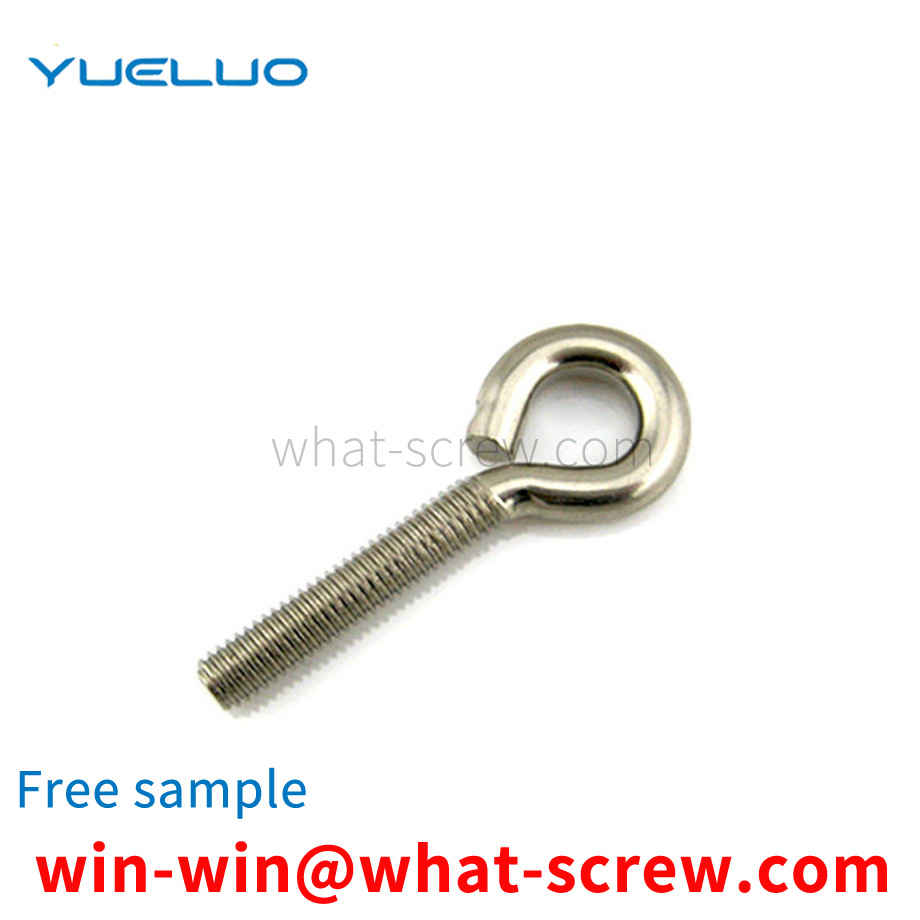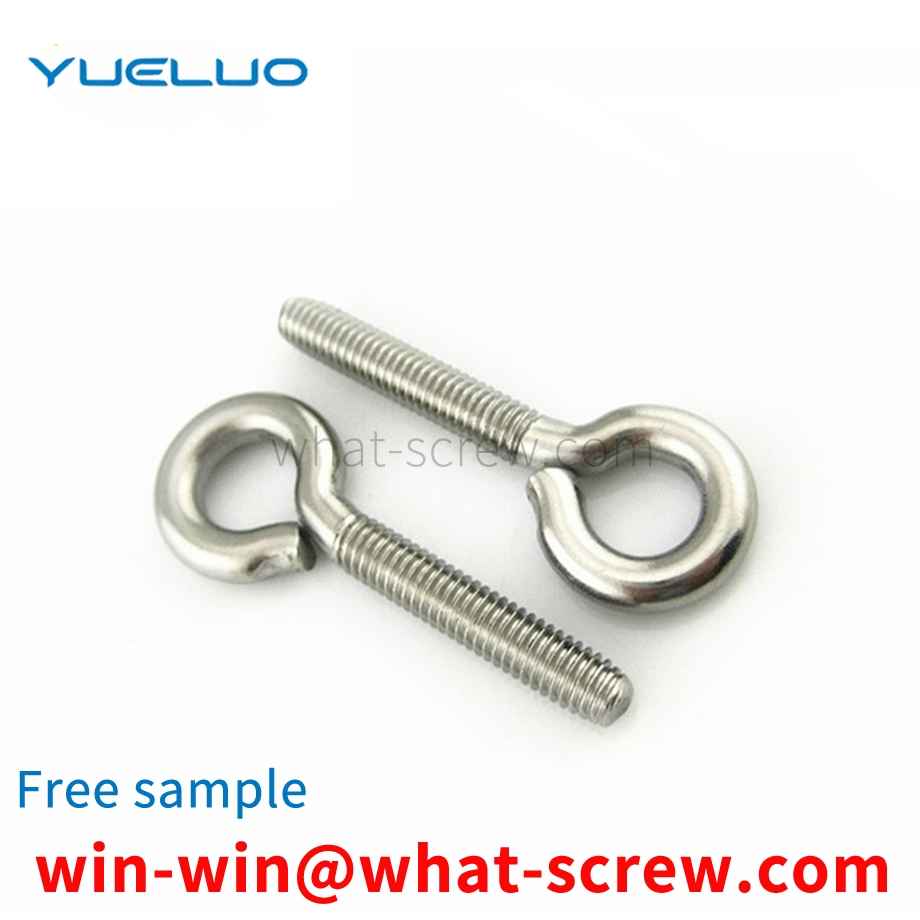Nuts on the market still have certain defects. The bolts rely on multiple nuts against each other to prevent loosening. This method cannot be completely locked. The bolts are easily loosened when subjected to huge pressure and vibration, which hides potential safety hazards and has a protective effect. Bad problem, for this, we propose a nut with self-locking function
In the existing life, repair parts are often used to repair the cassettes with damaged screw holes, and the screw holes on the repair parts are used instead of the original damaged cassette screw holes. However, in the prior art (application number: 201520948368.1), the restoration is fixed by rotating the support of the restoration, which is often inconvenient due to the small space of the cassette. In addition, the set screw in the prior art mainly fastens the object through the end of the screw without threaded holes, which makes it difficult to install external screws. Based on this, a method of extruding the support through a set screw with screw installation holes and tightening the repair piece, and then installing the screw on the set screw, will facilitate the quick installation and use of the repair piece.
High-strength fasteners must be quenched and tempered according to technical requirements. The purpose of heat treatment and tempering is to improve the comprehensive mechanical properties of fasteners to meet the specified tensile strength value and yield ratio of the product. The heat treatment process has a crucial impact on high-strength fasteners, especially its intrinsic quality. Therefore, in order to produce high-quality high-strength fasteners, advanced heat treatment technology and equipment must be available. Due to the large production volume and low price of high-strength bolts, and the threaded part is a relatively fine and relatively precise structure, the heat treatment equipment is required to have large production capacity, high degree of automation, and good heat treatment quality. Since the 1990s, the continuous heat treatment production line with protective atmosphere has dominated, and the shock bottom type and mesh belt furnace are especially suitable for heat treatment and tempering of small and medium-sized fasteners. In addition to the good sealing performance of the furnace, the quenching and tempering line also has advanced computer control of atmosphere, temperature and process parameters, equipment failure alarm and display functions. High-strength fasteners are automatically controlled and operated from feeding-cleaning-heating-quenching-cleaning-tempering-coloring to offline, which effectively ensures the quality of heat treatment. The decarburization of the thread will cause the fastener to trip before the resistance required by the mechanical properties is reached, which will cause the failure of the threaded fastener and shorten the service life. Due to the decarburization of the raw material, if the annealing is improper, the decarburized layer of the raw material will be deepened. In the process of quenching and tempering heat treatment, some oxidizing gas is generally brought in from outside the furnace. The rust of the bar wire or the residue on the surface of the wire rod after cold drawing will also decompose after being heated in the furnace, and some oxidizing gases will be generated by the reaction. For example, the surface rust of steel wire, which is composed of iron carbonate and hydroxide, will be decomposed into CO₂ and H₂O after heating, thus aggravating decarburization. Studies have shown that the degree of decarburization of medium carbon alloy steel is more serious than that of carbon steel, and the fastest decarburization temperature is between 700 and 800 degrees Celsius. Because the attachments on the surface of the steel wire decompose and synthesize carbon dioxide and water very quickly under certain conditions, if the furnace gas of the continuous mesh belt furnace is not properly controlled, it will also cause excessive decarburization of the screw. When the high-strength bolt is formed by cold heading, the raw material and the annealed decarburized layer not only still exist, but also are extruded to the top of the thread. For the surface of the fastener that needs to be quenched, the required hardness cannot be obtained. Its mechanical properties (especially strength and wear resistance) decreased. In addition, the surface of the steel wire is decarburized, and the surface layer and the internal structure have different expansion coefficients, and surface cracks may occur during quenching. For this reason, during quenching and heating, the top of the thread should be protected from decarburization, and the fasteners whose raw materials have been decarburized should be properly carbonized, and the advantages of the protective atmosphere in the mesh belt furnace should be adjusted to the original carbon-coated parts. The carbon content is basically the same, so that the decarburized fasteners are slowly restored to the original carbon content. The carbon potential is preferably set at 0.42% - 0.48%. The carbon coating temperature is the same as the quenching heating, and cannot be carried out at high temperatures , so as to avoid coarse grains and affect mechanical properties. The quality problems that may occur in the process of quenching and tempering of fasteners mainly include: insufficient hardness in the quenched state; uneven hardness in the quenched state; excessive quenching deformation; quenching cracking. Such problems in the field are often related to raw materials, quenching heating and quenching cooling. Correctly formulating the heat treatment process and standardizing the production operation process can often avoid such quality accidents.
Equipment that needs to be maintained at high altitude or under complex working conditions requires screw loss prevention design. Although traditional captive screws can achieve the purpose of preventing falling off, because the diameter of the screw is smaller than the major diameter of the thread, it is difficult to match the gasket, and the gasket will be eccentric, which is easy to install. Scratch the surface of the product, affecting the corrosion resistance and appearance of the product.
In the prior art, there are two ways to feed the screws of the locking screw machine, the air blowing type and the air suction type. The air suction type is suitable for relatively small screws. If the screw size is larger than M2, smaller than M5, and the length-diameter ratio is larger than 1.4, the air-blown screw machine can be selected.
We have many years of experience in the production and sales of screws, nuts, flat washers, etc. The main products are: bookcase bolts, white zinc-plated screws, standard hex screws, rod motherboard copper column chassis studs and other products, we can provide you with suitable products for you Fastener Solutions.



















 Service Hotline
Service Hotline




